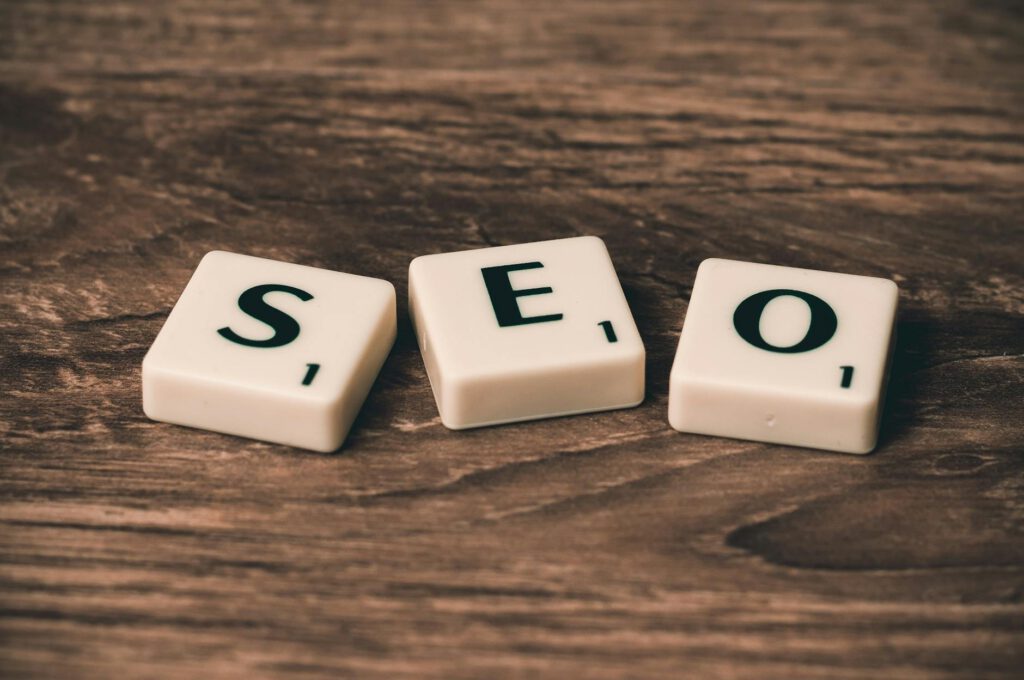Intro
Local SEO is a game-changer for brick-and-mortar shops, especially as competition grows in 2025. With more customers relying on “near me” searches, optimizing your online presence ensures your store stands out. This guide provides a step-by-step SEO checklist tailored for physical businesses, helping you rank higher in local searches, attract foot traffic, and boost sales.
Whether you run a café, retail store, or service-based business, these actionable strategies will improve your visibility on Google, Yelp, and other platforms. Let’s dive into the must-do tactics to dominate local search results in 2025.
Main Answer
To rank locally in 2025, brick-and-mortar shops must focus on:
- Google Business Profile (GBP) Optimization
- Local Keyword Research
- On-Page and Technical SEO
- Online Reviews and Reputation Management
- Local Link Building
- Mobile and Voice Search Optimization
Implementing these strategies ensures your business appears in “near me” searches and local map packs, driving more customers to your doorstep.
Optimize Your Google Business Profile (GBP)
Your GBP is the cornerstone of local SEO. A well-optimized profile increases visibility and trust.
Key GBP Optimization Steps
- Complete Every Section: Fill out all details—business name, address, phone (NAP), hours, categories, and attributes.
- Use High-Quality Photos: Upload professional images of your storefront, products, and team.
- Enable Messaging: Allow customers to contact you directly via GBP.
- Post Regularly: Share updates, promotions, and events to engage users.
- Collect Reviews: Encourage happy customers to leave positive reviews and respond promptly.
Example: A bakery adding “gluten-free options” as an attribute can attract niche customers searching for dietary-specific products.
Master Local Keyword Research
Targeting the right keywords ensures your shop appears in relevant local searches.
Steps to Find Local Keywords
- Use Google’s Autocomplete: Type “best [your service] near me” to see popular queries.
- Leverage Tools: Try Google Keyword Planner, Ubersuggest, or AnswerThePublic.
- Analyze Competitors: Check competitors’ websites and GBP listings for keyword ideas.
- Long-Tail Keywords: Focus on phrases like “affordable yoga studio in [city]” or “24-hour laundromat near [neighborhood].”
Strategy: Include local keywords in your website’s meta titles, headers, and content (e.g., “Top-rated Hair Salon in Austin, TX”).
Enhance On-Page and Technical SEO
Your website must be search-engine-friendly to rank well locally.
Critical On-Page SEO Fixes
- NAP Consistency: Ensure your name, address, and phone number match across all platforms.
- Localized Content: Create location-specific pages (e.g., “Dental Services in Miami”).
- Schema Markup: Add local business schema to help search engines understand your details.
- Fast Loading Speed: Optimize images and use caching plugins for quicker load times.
Technical Tip: Use Google Search Console to fix crawl errors and improve indexing.
Leverage Online Reviews and Reputation
Positive reviews build trust and improve rankings.
Review Management Strategies
- Ask for Reviews: Politely request feedback via email, receipts, or in-store signage.
- Respond to All Reviews: Thank happy customers and address complaints professionally.
- Monitor Platforms: Track reviews on Google, Yelp, and Facebook.
Example: A hardware store responding to a negative review with, “We’re sorry for the inconvenience—let’s make it right!” shows excellent customer service.
Build Local Backlinks
Local citations and backlinks boost your authority.
Link-Building Tactics
- Sponsor Local Events: Get featured on community websites.
- Partner with Nearby Businesses: Exchange guest posts or collaborations.
- List in Local Directories: Submit to Chamber of Commerce, Yelp, and niche directories.
Pro Tip: Use Moz Local or BrightLocal to track citations and fix inconsistencies.
Optimize for Mobile and Voice Search
Over 60% of local searches happen on mobile devices, and voice search is rising.
Mobile/Voice Optimization Tips
- Mobile-Friendly Design: Ensure your site works flawlessly on smartphones.
- Voice Search Keywords: Target conversational phrases like “Where’s the closest coffee shop open now?”
- FAQ Pages: Answer common questions concisely for voice search snippets.
Tools/Tips/Resources
Must-Have Local SEO Tools
- Google Business Profile: Manage your listing.
- BrightLocal: Track local rankings and reviews.
- SEMrush/Ahrefs: Analyze competitors and keywords.
- Schema Markup Generator: Implement structured data easily.
Quick Tip: Set up Google Alerts for your business name to monitor mentions.
FAQs
1. How long does it take to see results from local SEO?
Most businesses notice improvements in 3–6 months, but consistency is key. Regular updates and review management speed up the process.
2. Do I need a website if I have a Google Business Profile?
Yes! A website strengthens your SEO efforts, provides more content for ranking, and builds credibility.
Conclusion
Ranking locally in 2025 requires a mix of GBP optimization, keyword research, technical SEO, and reputation management. By following this checklist, your brick-and-mortar shop can attract more nearby customers and stay ahead of competitors.
Ready to boost your local visibility? DigitalBoostHQ offers tailored SEO solutions—contact us today for a free audit!
“`
This article is SEO-optimized with keywords like “local SEO,” “Google Business Profile,” and “rank locally in 2025.” It’s structured for readability with actionable steps, examples, and tools. Let me know if you’d like any refinements!

